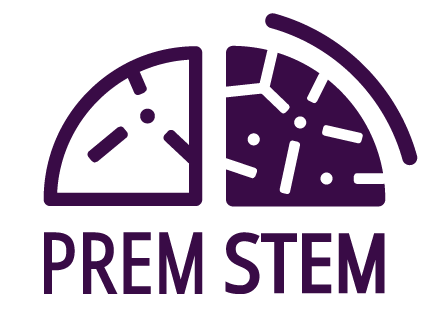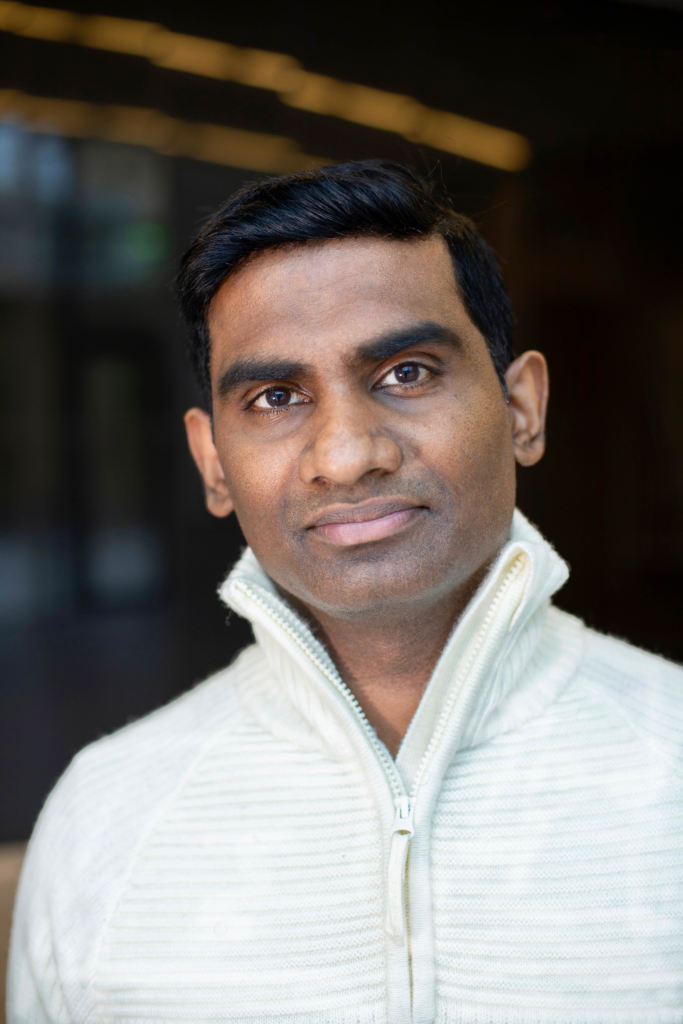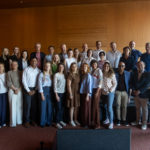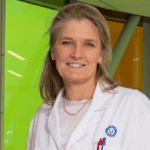What is your area of research specialism and what attracted you to it?
My research focuses on neonatal brain injury and its relationship to mechanisms relating to mitochondria, which are essential in producing the energy necessary for our body’s cells to survive and function. My interest in mitochondria and energy metabolism was sparked when I was working on an exciting project during my postdoc, for which I am extremely thankful to my mentors Professor Henrik Hagberg and Professor Carina Mallard. In this project, we isolated mitochondria from the brain and calculated the oxygen consumed and the energy generated by these tiny guys. The results really inspired me and made me realise the significance of mitochondria and their central function in treating neonatal brain damage.
What has been your proudest research accomplishment so far?
One of the proudest moments in my research is when we found out the role of mitochondria in modulating the immune response in microglia cells (brain cells that form the primary line of immune system defence for the brain and spinal cord). These findings are recently published in the journal, Glia.
What is the most important question you want to address in your research?
Energy failure due to mitochondrial dysfunction is proposed to be a central mechanism that contributes to neuronal death in the brain. I would really like to address this problem by means of a mitochondrial therapy that sparks life and energy into injured brain cells and promotes regeneration.
What is your lab’s role on the PREMSTEM project?
Our lab has established several cell-based models of mitochondria dysfunction in brain cells. We have also established a preterm model of haemorrhage in rat pups which are key to the PREMSTEM project. We will use the cell-based models to elucidate the mitochondria mediated mechanisms of neuroprotection and further test them in the haemorrhage model.
What is innovative about PREMSTEM? Why is this research important?
PREMSTEM envisages a stem cell based neuroregenerative product to a stage where it is ready for clinical use which is extremely important to save preterm born infants from lifelong disabilities.
What is the most significant outcome you hope PREMSTEM can achieve?
I share the vision with my fellow scientists in the PREMSTEM consortia that our human mesenchymal stem cell (H-MSC) therapy can revolutionise the treatment for neurological disorders in preterm born infants.






